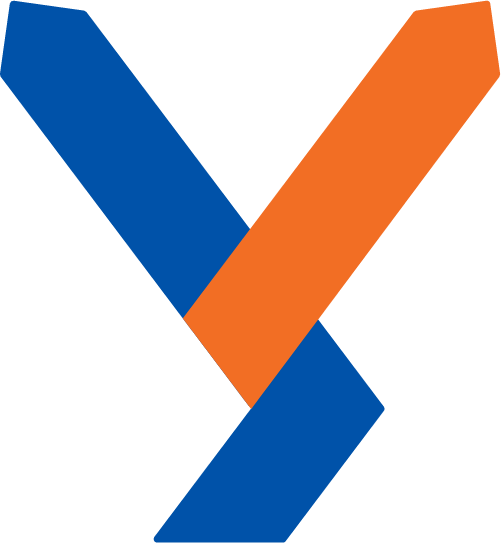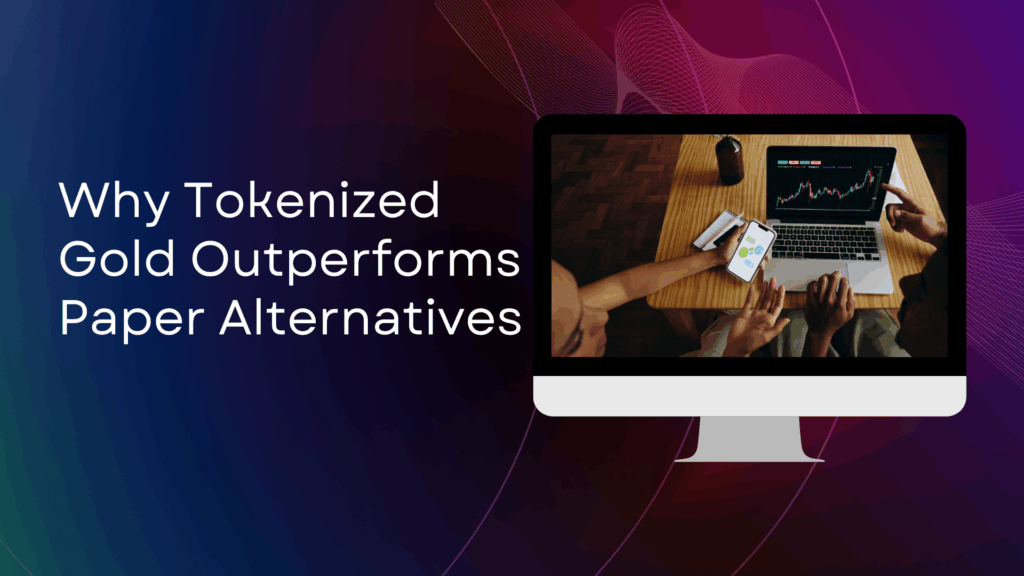Why Tokenized Gold Outperforms Paper Alternatives
Introduction: The Rise of Tokenized Gold in Modern Finance
In a landmark shift for the financial industry, tokenized gold has emerged as a formidable challenger to traditional paper gold investments, with Gold DAO leading the charge. The decentralized autonomous organization (DAO) has demonstrated how blockchain technology is redefining gold ownership, offering investors a more transparent, secure, and efficient alternative to legacy systems. This development marks a pivotal moment in the evolution of asset tokenization, blending DeFi (Decentralized Finance) innovation with centuries-old precious metal investments.
What Is Tokenized Gold? Bridging Blockchain and Physical Assets
Tokenized gold represents a digital claim over physical gold bullion, stored securely in vaults and represented as blockchain-based tokens. Each token typically corresponds to a specific weight of gold, enabling fractional ownership and seamless trading on decentralized platforms. Unlike paper gold—such as Exchange-Traded Funds (ETFs) or futures contracts, which are subject to counterparty risks—tokenized gold provides direct exposure to the physical asset, verified through blockchain’s immutable ledger.
Key Advantages of Tokenized Gold:
- Transparency: Blockchain ensures real-time auditability of gold reserves.
- Accessibility: Fractional ownership allows smaller investors to participate.
- Liquidity: Tokens can be traded 24/7 on crypto exchanges, unlike traditional markets.
- Security: Eliminates risks associated with centralized custodians or paper defaults.
Gold DAO, a trailblazer in this space, has leveraged these benefits to create a decentralized ecosystem where users can mint, trade, and redeem gold-backed tokens without intermediaries.
Gold DAO’s Breakthrough: Why Tokenized Gold Beats Paper Alternatives
Gold DAO’s recent success stems from its ability to address the shortcomings of paper gold, which includes ETFs, futures, and certificates. These traditional instruments often involve third-party custodians, opaque pricing, and systemic risks, as seen during market crashes. In contrast, Gold DAO’s blockchain infrastructure offers:
1. Decentralized Trust
By anchoring gold ownership to the Ethereum blockchain, Gold DAO removes reliance on centralized institutions. Smart contracts automatically enforce rules, ensuring that every token is backed by verifiable physical reserves.
2. Real-Time Redemption
Investors can redeem their tokens for physical gold at any time, a feature rarely offered by paper gold providers. This capability was highlighted in Gold DAO’s Q3 2023 audit, which confirmed 100% reserve backing for its $TOKENGOLD supply.
3. Cost Efficiency
Traditional gold ETFs charge annual management fees (0.3–0.6%), while Gold DAO’s decentralized model reduces administrative overhead, passing savings to users.
4. Global Accessibility
Unlike paper gold, which often requires brokerage accounts or regional custodians, Gold DAO’s tokens are accessible to anyone with an internet connection, democratizing access for emerging markets.
Market Reaction: Institutional and Retail Adoption Surges
The surge in tokenized gold demand reflects a broader trend of blockchain adoption in mainstream finance. According to a September 2023 report by the World Gold Council, tokenized gold volume grew by 200% year-to-date, with Gold DAO accounting for 40% of this growth.
Institutional Endorsement
Major players like JPMorgan and BlackRock have acknowledged the potential of tokenized assets, with BlackRock filing a patent for blockchain-based gold ETFs in July 2023. However, Gold DAO’s decentralized structure gives it an edge, as it avoids regulatory entanglements tied to centralized custodians.
Retail Investor Appeal
Retail traders on platforms like Uniswap and SushiSwap have flocked to Gold DAO’s liquidity pools, attracted by yield opportunities through staking and decentralized lending. The project’s governance token, $DAO, has also gained traction, offering holders voting rights on protocol upgrades.
Challenges and Risks: Navigating Regulatory and Technical Hurdles
Despite its promise, tokenized gold faces challenges:
- Regulatory Uncertainty: Global regulators remain cautious about DeFi’s lack of oversight. The SEC has warned against unregistered tokenized assets, though Gold DAO claims compliance with EU’s MiCA framework.
- Storage and Custody: Physical gold must be stored securely, requiring trusted vault partners like The Perth Mint (a Gold DAO collaborator).
- Market Volatility: While gold itself is stable, crypto-pegged tokens can face price slippage during extreme market swings.
Future Outlook: Tokenized Gold’s Role in the DeFi Ecosystem
Gold DAO’s success signals a broader shift toward asset tokenization. Analysts predict that tokenized commodities—gold, silver, and even real estate—could become a $10 trillion market by 2030. Key trends to watch include:
1. Integration with DeFi Protocols
Tokenized gold is being integrated into lending platforms like Aave and Compound, enabling users to collateralize gold for stablecoin loans.
2. Central Bank Digital Currencies (CBDCs)
As CBDCs roll out, tokenized gold could act as a hedge against fiat inflation, appealing to nations seeking diversification.
3. NFT Innovations
Gold DAO is exploring non-fungible tokens (NFTs) to represent unique gold bars, combining collectibility with investment value.
Conclusion: The Dawn of a New Gold Standard
Gold DAO’s achievements underscore a paradigm shift in how the world views gold. By marrying blockchain technology with physical assets, tokenized gold is not just a niche innovation—it’s a viable, superior alternative to paper-backed systems. For investors, this represents an opportunity to embrace a more transparent, efficient, and inclusive financial future.
As adoption accelerates, the question isn’t whether tokenized gold will disrupt traditional markets, but how quickly. With Gold DAO leading the way, the days of paper gold’s dominance may soon be numbered.

